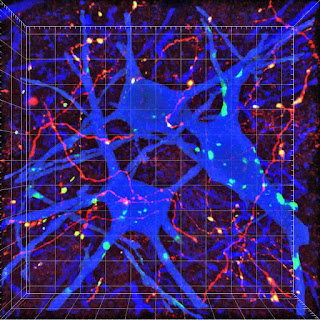3D Scans: See-Thru, Facial ID Breakthrough

Experts Say 3D Recognition Systems May Eliminate Need for Personal Passwords Australian researchers have developed a first of its kind 3D facial recognition system. It's breakthrough tech that improves security measures and may eliminate the need for personal passwords. Experts say this model for scaling 3D facial recognition could transform the biometrics industry. Millions of Pictures Analyzed and Compared The University of Western Australia research team created a unique model that analyzed 3.1 million 3D scans of more than 100,000 people. The model was trained to learn the identities of a large dataset group of "known" persons and then match "test" faces to those identities. The system worked. Instant 3D Recognition The researchers found the 3D scans are more accurate and robust. It recognizes individuals in an instant, no matter what the pose, sees through masks and determines if they're legitimate. This could considerably upgrade secur





